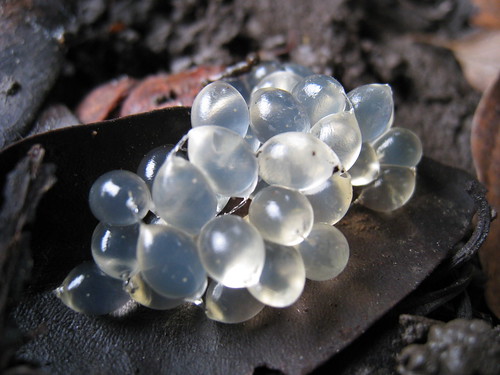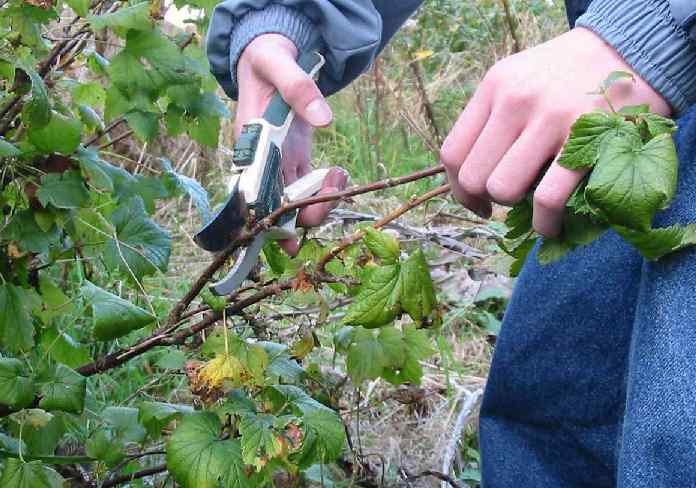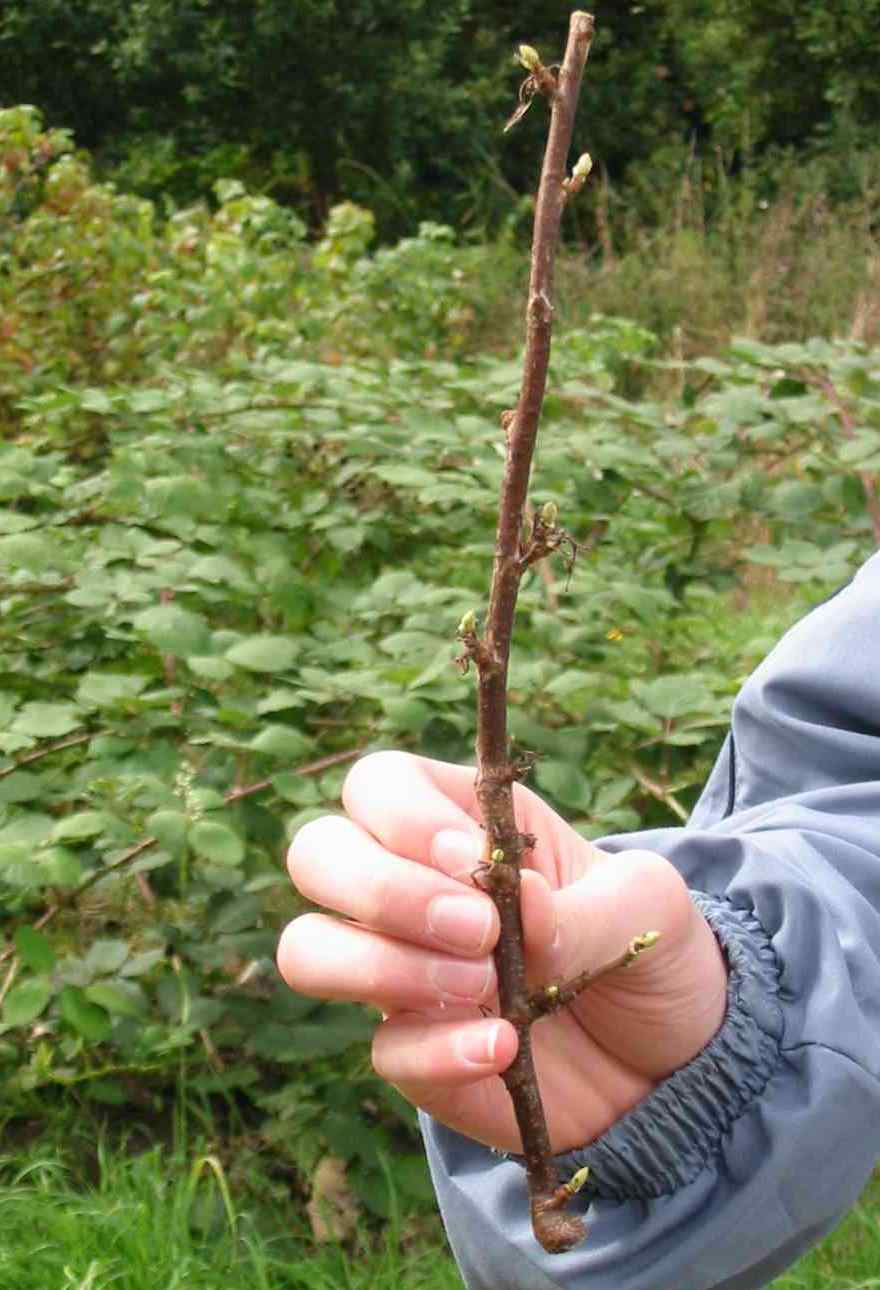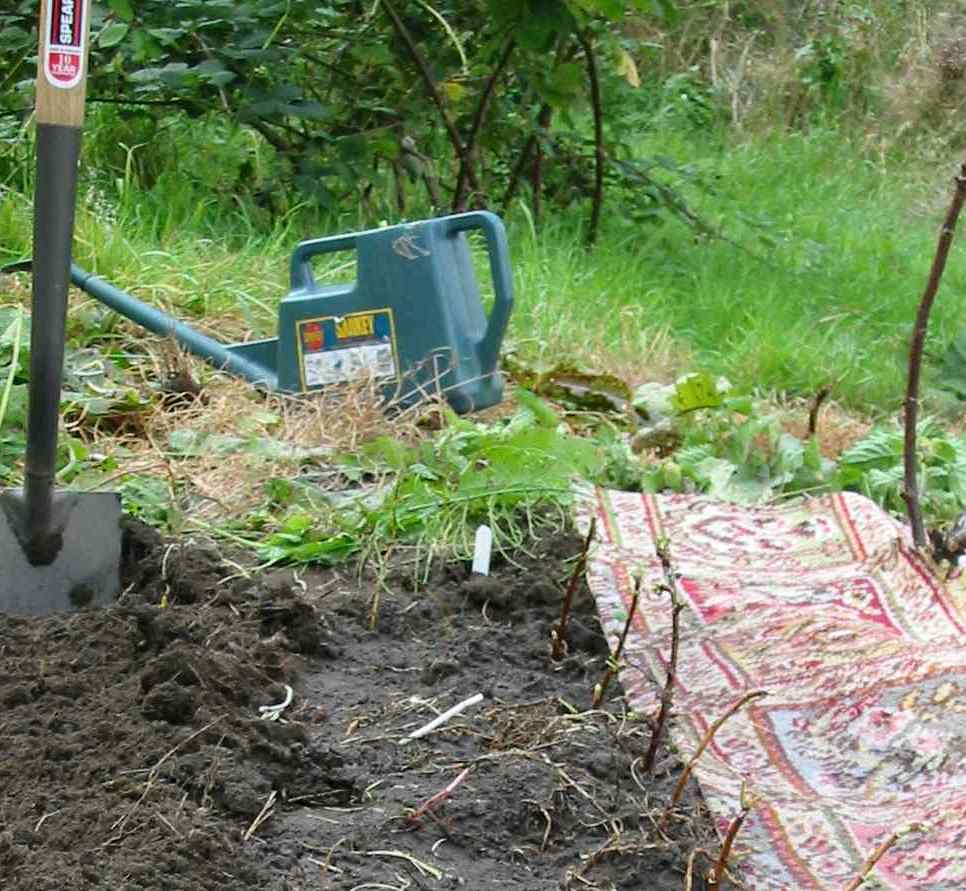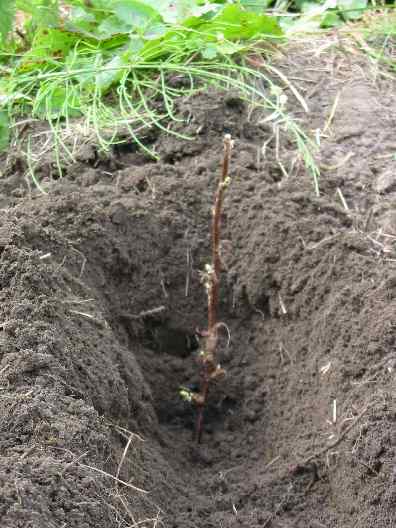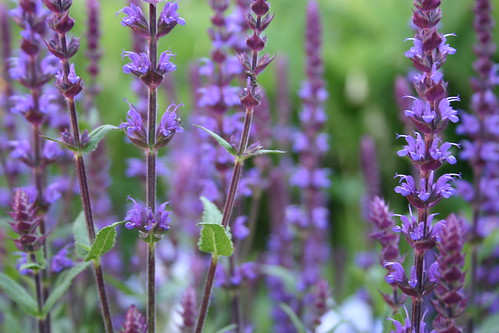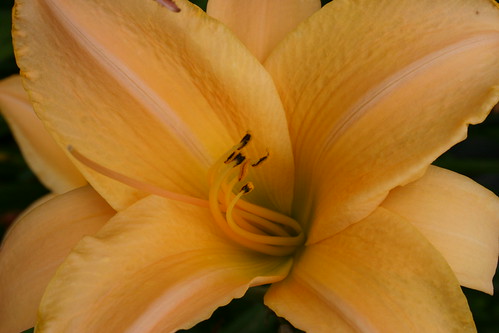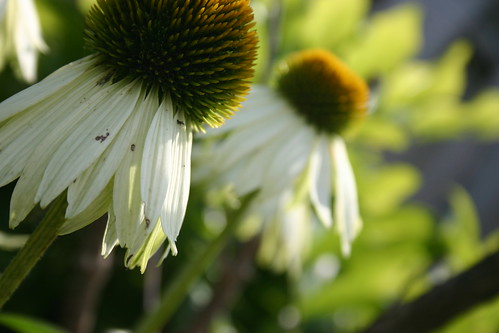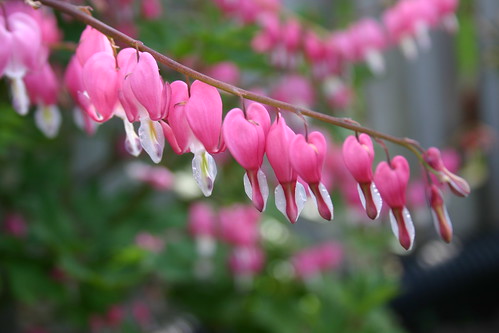- DO one rose bush at a time only.
- DO Be Organized
- DO have the new bed or location ready before digging the plant
- DO have all tools and equipment ready.
- DO have water at hand.
- DO work quickly.
- DO ask for help if you have many bushes to be moved.
- DO prune the plants by 1/3 to 2/3; remember, the bush will be shocked when dug up and will be unable to sustain its original amount of leaves.
- DO cover or hill up all transplanted roses for several days.
- DO NOT try to transplant more than one bush at a time.
- DO NOT transplant on a cold, windy, or hot day.
- DO NOT expose the roots for a long time to air, sun, wind or cold and certainly not to freezing rain.
- DO NOT leave newly transplanted bushes uncovered.
- DO NOT fertilize during transplanting (except bone meal).
And, a breakdown of rose terms.



